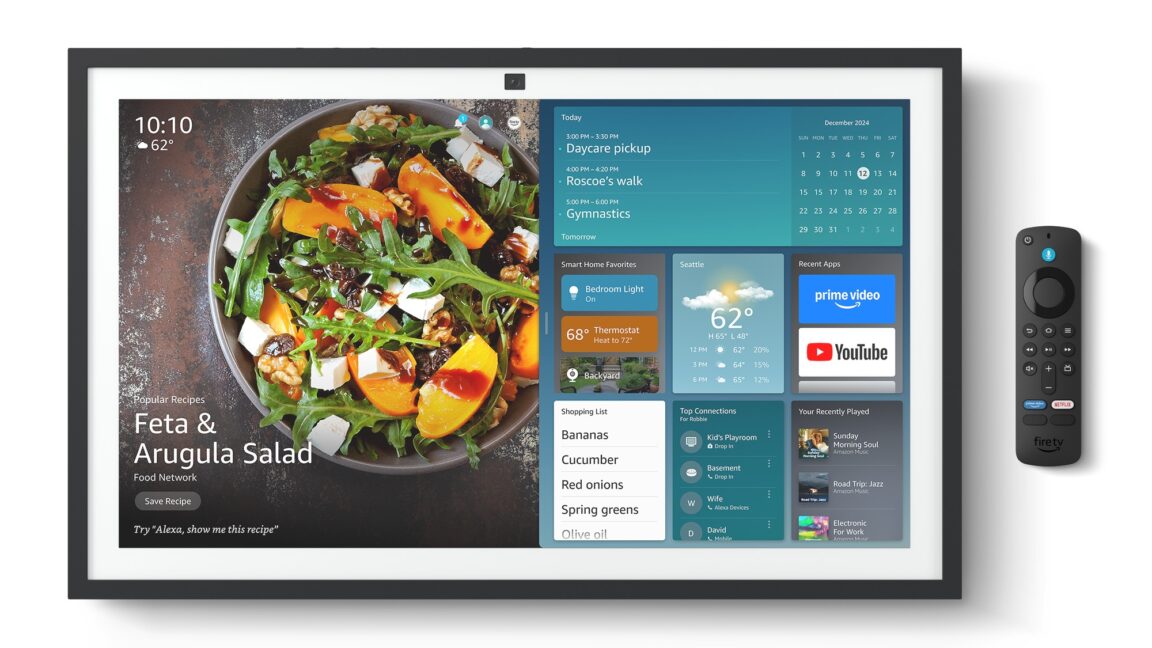CNN
—
Americans are staying unemployed for longer, the latest Labor Department data shows, in a reflection of a slowing economy.
The number of Americans receiving jobless benefits for multiple weeks climbed to its highest level since November 2021, according to a Department of Labor report released Thursday.
The latest data is an indication that unemployed Americans may be having more trouble in landing work: The number of continuing claims, which are filed by people who have received unemployment benefits for at least one week or more, increased to 1.839 million from 1.821 million for the week ended June 15.
However, there was a slight drop in the number of people filing for unemployment for the first time: There were 233,000 initial claims made during the week ended June 22, a decline of 6,000 from the prior week’s upwardly revised level of 239,000.
While the number of initial claims remains near pre-pandemic levels (but well below historical averages), they’ve moved higher in recent weeks. The four-week average of 236,000 claims is the highest since early September of last year.
Weekly jobless claims data, which is looked at as a proxy for layoff activity, can be highly volatile and is frequently revised.
Still, the trend as of late has been an upward one, economist Ian Shepherdson wrote in a note to clients Thursday.
Some leading indicators — such as Challenger, Gray & Christmas’ monthly job cuts reports and federally and state-required mass layoff notices — imply that initial claims should continue to rise through the summer, wrote Shepherdson, chief economist at Pantheon Macroeconomics.
“Though the data often bounce around in July with the timing of auto plant shutdowns,” he wrote. “No one indicator points to a huge jump in claims, but bear in mind that struggling firms usually prefer to reduce employment initially by cutting hiring, instead of laying off staff, and most hiring indicators also point to an imminent deterioration.”
The hiring and firing indicators point to a significant slowing in job growth (possibly sub-100,0000) during the next three months, he said.
Such a trajectory “would give a further boost to the unemployment rate and leave the [Federal Reserve] looking seriously behind the curve,” he said.
The Fed has kept interest rates at a 23-year high as it waits for inflation to slow meaningfully.
The labor market has done its part in keeping people employed, fueling consumer spending and pushing off any fears of a recession. Job gains have slowed from their blockbuster pace of recent years; but the unemployment rate in May did pop higher to 4% after staying below that threshold for 27 months, and the number of job openings recently fell to a three-year low.
Consumer spending, the main driver for US economic growth, slowed down in the first three months of the year, according to the final read on first-quarter GDP released Thursday morning.










